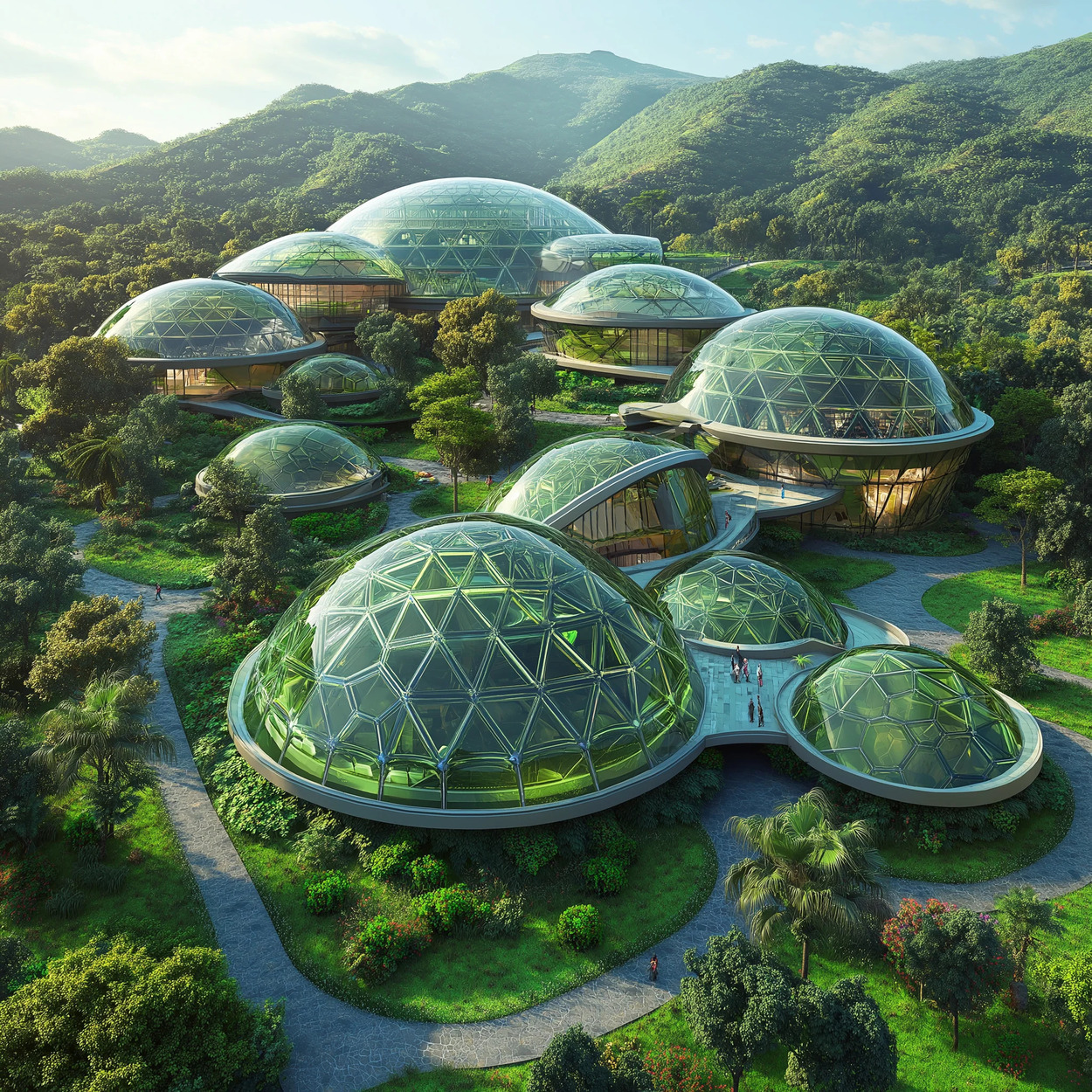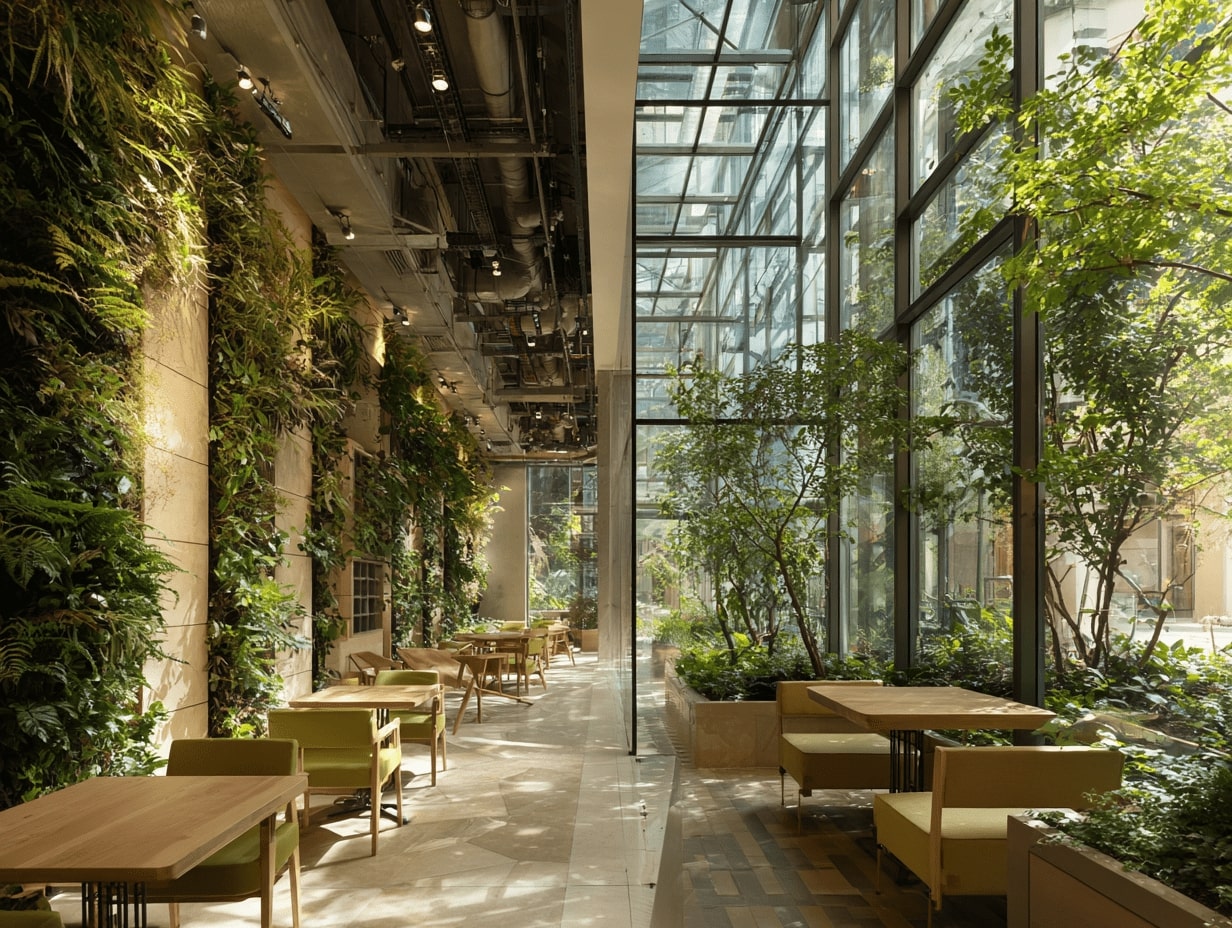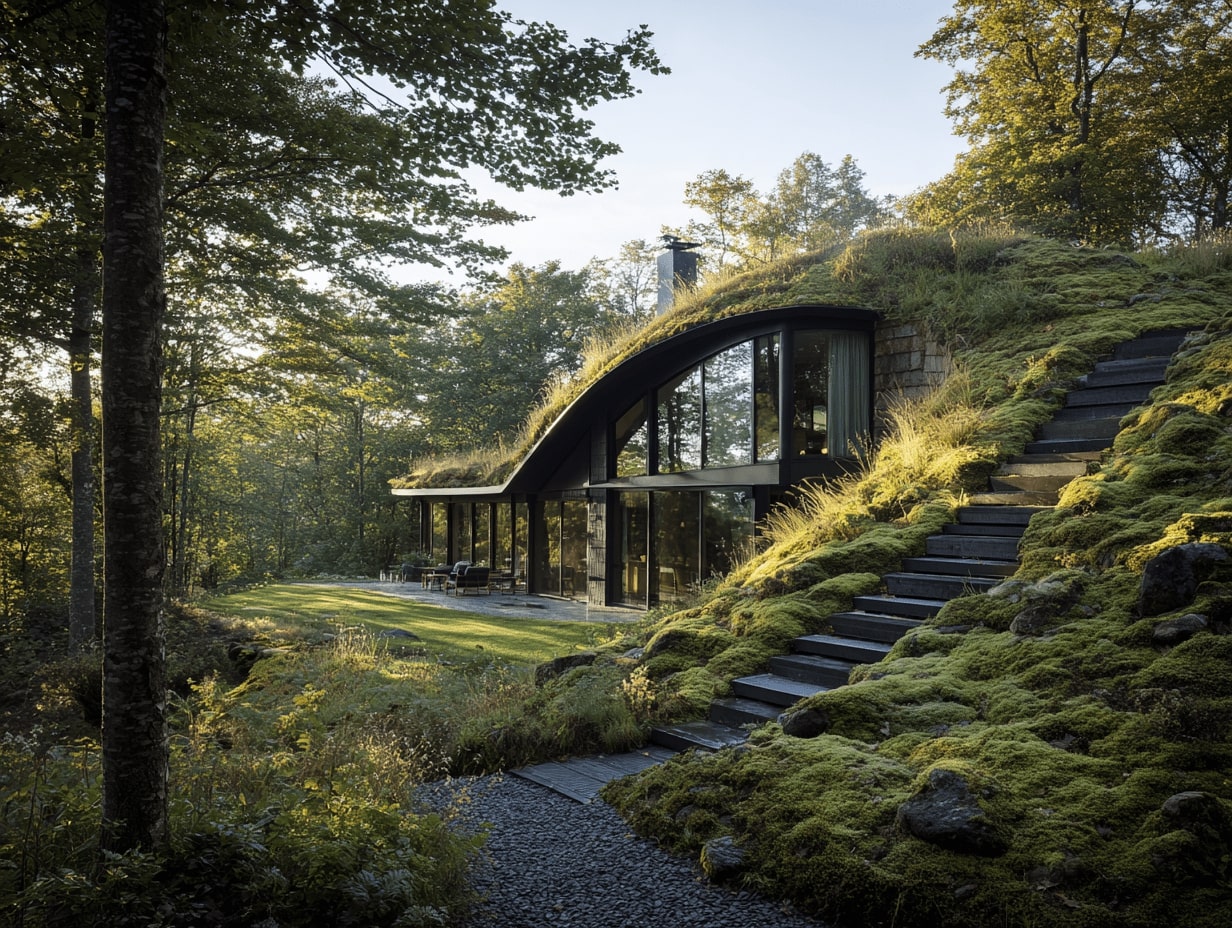- Home
- Articles
- Architectural Portfolio
- Architectral Presentation
- Inspirational Stories
- Architecture News
- Visualization
- BIM Industry
- Facade Design
- Parametric Design
- Career
- Landscape Architecture
- Construction
- Artificial Intelligence
- Sketching
- Design Softwares
- Diagrams
- Writing
- Architectural Tips
- Sustainability
- Courses
- Concept
- Technology
- History & Heritage
- Future of Architecture
- Guides & How-To
- Art & Culture
- Projects
- Interior Design
- Competitions
- Jobs
- Store
- Tools
- More
- Home
- Articles
- Architectural Portfolio
- Architectral Presentation
- Inspirational Stories
- Architecture News
- Visualization
- BIM Industry
- Facade Design
- Parametric Design
- Career
- Landscape Architecture
- Construction
- Artificial Intelligence
- Sketching
- Design Softwares
- Diagrams
- Writing
- Architectural Tips
- Sustainability
- Courses
- Concept
- Technology
- History & Heritage
- Future of Architecture
- Guides & How-To
- Art & Culture
- Projects
- Interior Design
- Competitions
- Jobs
- Store
- Tools
- More
How to Build a Sustainable Home Using Eco Materials: Tips for a Greener Future
Discover how to build a sustainable home using eco-friendly materials like bamboo, reclaimed wood, and solar panels. Learn about energy-efficient designs, water-saving strategies, and smart technologies that reduce environmental impact while boosting comfort and savings. Create a greener future with durable, non-toxic solutions for efficient, stylish living spaces.

Building a sustainable home isn’t just a trend—it’s a commitment to a healthier planet and a smarter way of living. As we face growing environmental challenges, choosing eco-friendly materials for our homes has become more important than ever. By making thoughtful decisions, we can reduce our carbon footprint while creating spaces that are efficient, durable, and beautiful.
From reclaimed wood to solar panels, the options for sustainable building materials are more diverse and accessible than they’ve ever been. These materials not only minimize environmental impact but also promote energy efficiency and long-term savings. Together, let’s explore how to design a home that aligns with our values and supports a greener future.
Table of Contents
ToggleUnderstanding Sustainable Homes
Sustainable homes combine efficient design with environmentally friendly materials to reduce negative ecological impacts. These homes prioritize energy conservation, resource efficiency, and sustainability throughout their lifecycle.

What Makes a Home Sustainable?
- Energy efficiency plays a significant role in sustainable homes. Incorporating proper insulation, energy-efficient windows, and renewable energy systems like solar panels lowers energy consumption.
- Water efficiency adds another crucial element, focusing on systems such as low-flow fixtures, rainwater harvesting, and gray water recycling. These solutions minimize water waste.
- Durable construction extends a home’s lifespan while reducing the need for replacements. Using long-lasting and renewable materials supports this goal and limits waste.
- Healthy indoor air quality ensures occupant well-being by implementing non-toxic building products and effective ventilation systems. Paints with low VOCs and HEPA filtration systems are common examples.
- Environmental consideration encompasses reducing carbon footprints by using local materials, limiting land disturbance, and focusing on renewable, recyclable, or biodegradable options.
The Importance of Eco Materials
- Eco materials reduce environmental degradation during construction and operation. They include resources like bamboo, cork, reclaimed wood, and recycled metal.
- Energy efficiency improves with materials like cool roofing and insulated concrete forms. These promote thermal insulation, saving energy on heating and cooling.
- Waste reduction is feasible with eco materials sourced from local or recycled supplies. Reusing bricks or metal reduces manufacturing demands and transportation emissions.
- Long-term savings become achievable through durable materials that need fewer repairs or replacements. Materials like stone and natural fiber composites offer such benefits.
- Health benefits arise from non-toxic materials that improve indoor air quality. Products free of formaldehyde or VOCs contribute to a healthier living environment.

Choosing Eco-Friendly Materials
Selecting eco-friendly materials is key to sustainable home construction. These materials balance durability, functionality, and minimal environmental impact.
Renewable Materials for Construction
Renewable materials regenerate naturally, minimizing resource depletion. Bamboo, for instance, grows rapidly and offers high tensile strength, making it suitable for flooring, walls, and structural supports. Cork, harvested without harming trees, provides excellent insulation and acoustic properties, ideal for walls and flooring. Straw bale serves as an efficient insulator when used in walls, reducing heating and cooling demands. Hempcrete, a composite of hemp fibers and lime, is lightweight and carbon-negative, enhancing thermal performance while storing carbon dioxide.
Recycled and Upcycled Materials
Recycled materials reduce waste and lower the demand for raw resources. Reclaimed wood from old furniture or buildings adds character to floors, panels, and beams while reducing deforestation. Recycled metal, such as aluminum or steel, is durable and energy-efficient for roofing, structural components, and fixtures. Upcycled items, including tiles from broken ceramics or countertops from recycled glass, contribute functionality while creating unique design elements. Concrete blended with recycled aggregates, such as crushed glass or industrial by-products, maintains structural strength and minimizes waste.

Designing Your Sustainable Home
Effective planning is critical when creating a sustainable home. Integrating energy-efficient and water conservation strategies ensures a home that minimizes environmental impact while maximizing comfort and functionality.
Energy-Efficient Designs
Prioritizing energy efficiency reduces energy consumption and lowers utility costs. Passive solar design ensures optimal natural light and heating by orienting windows and living spaces to harness the sun’s energy. Proper insulation, made from eco-friendly materials like recycled cellulose or sheep’s wool, prevents energy loss in walls, ceilings, and floors.
High-performance windows, such as double or triple-glazed options with low-emissivity coatings, provide better insulation and reduce heat loss. Installing energy-efficient HVAC systems and smart thermostats helps regulate indoor temperatures, further conserving energy. For renewable energy sources, solar panels or small-scale wind turbines supply clean, sustainable power. Adding these technologies enhances energy independence and reduces reliance on fossil fuels.
Water Conservation Strategies
Efficient water use protects this vital resource and decreases utility bills. Rainwater harvesting systems collect runoff for irrigation or non-potable household uses. Low-flow fixtures, including faucets, showerheads, and dual-flush toilets, reduce water waste without compromising performance.
Graywater recycling systems reuse water from sinks, showers, or laundry for landscaping or toilet flushing. Xeriscaping, which involves designing drought-resistant landscapes with native plants, minimizes the need for supplemental watering. Incorporating permeable materials in outdoor spaces, such as gravel or permeable pavers, prevents runoff and allows rainwater to recharge groundwater.
Building Techniques for Sustainability
We focus on sustainable building techniques to enhance energy efficiency, reduce environmental impact, and ensure long-term durability. These strategies combine innovative planning and eco-friendly practices.
Low-Impact Construction Methods
Using low-impact construction methods helps reduce waste, pollution, and resource use during building. Prefabrication is an effective technique, as it minimizes material waste by fabricating components offsite. For example, modular construction reduces excess material and accelerates assembly on-site.
Earth-based techniques, like rammed earth and adobe, use natural materials with minimal processing. Rammed earth walls retain heat efficiently, reducing energy needs in varying climates. Green roofs are another example, providing insulation, stormwater management, and improved air quality while integrating vegetation into the structure. Additionally, opting for local, renewable materials such as bamboo and straw bale further reduces transportation-related emissions.
Incorporating Smart Technology
Smart technology enhances sustainability through energy and resource optimization. Smart thermostats adapt to usage patterns, cutting unnecessary energy consumption. Solar energy systems combined with battery storage ensure renewable energy availability for longer durations. Motion sensor lighting and LED fixtures further lower electricity use.
Water management systems, like smart irrigation and leak detectors, promote efficient water use. Smart home systems, integrating appliances and monitors, provide insights into energy and water usage, helping us make real-time adjustments to reduce waste. Advanced smart blinds and ventilation systems maintain indoor comfort while limiting heating and cooling demands.

Benefits of Building with Eco Materials
Building sustainable homes with eco materials creates a healthier living environment and minimizes our ecological footprint. These materials also promote cost efficiency and enhance long-term performance.
Environmental Impact
Eco materials significantly reduce the negative effects of construction on the environment. Renewable options like bamboo and cork regenerate quickly without depleting resources. Recycled materials, including reclaimed wood and recycled steel, reduce waste and conserve raw materials. Carbon-neutral or carbon-negative materials, such as hempcrete and straw bale, offset greenhouse gas emissions during production. Additionally, non-toxic options improve air quality by minimizing the release of harmful chemicals into the environment and the home.
Cost Efficiency and Long-Term Savings
While initial investment can be higher, eco materials often reduce long-term expenses. Durable options like metal roofs and concrete mixed with recycled aggregates lower replacement and maintenance costs over time. Using energy-efficient materials, such as insulated panels or low-emissivity windows, decreases energy bills by improving thermal performance. Additionally, incorporating reclaimed or upcycled materials lowers procurement costs and contributes to sustainable waste management. Enhanced durability and lower operational costs provide significant financial returns for homeowners.
Conclusion
Building a sustainable home with eco materials supports environmental health, reduces resource consumption, and enhances long-term efficiency. By incorporating renewable, recycled, and non-toxic materials alongside energy-efficient designs and water-saving techniques, we can create homes that align with sustainable living principles. Strategies such as passive solar design, rainwater harvesting, and using durable eco materials like bamboo and reclaimed wood make these homes both functional and environmentally responsible.
Selecting eco-friendly materials contributes to healthier indoor environments by improving air quality and reducing exposure to harmful substances. Durable options minimize ongoing maintenance and replacement costs, while energy-efficient technologies like solar panels and smart thermostats optimize resource use. These elements combined result in homes that are cost-effective over time while promoting sustainability.
Planning effectively ensures integration of sustainable practices throughout the construction process. Prefabrication, green roofs, and earth-based methods exemplify how we can build with minimal environmental impact. Whether using high-performance windows or smart irrigation systems, every choice advances the goal of creating a home that reflects our commitment to the planet while delivering comfort and efficiency.
- carbon neutral home building
- eco home renovation
- eco materials for home building
- eco-conscious home design
- eco-friendly home construction
- energy-efficient home construction
- environmentally friendly home building
- green building materials
- green construction practices
- green home design tips
- how to build an eco-friendly house
- low impact house materials
- natural building materials
- passive solar home building
- renewable building materials
- sustainable architecture
- sustainable building techniques
- sustainable home building
- sustainable home tips
- sustainable living tips
- tips for building sustainable homes
Submit your architectural projects
Follow these steps for submission your project. Submission FormLatest Posts
What are Biodomes?
Biodomes are transforming architecture by blending ecological science with advanced design to...
The Quiet Revolution of Biophilic Design
Biophilic design is reshaping homes, workplaces, and cities—backed by evidence. Learn core...
Sustainable Solutions in Contemporary Architecture: From Passive Design to Clean Energy
Sustainable solutions in contemporary architecture: a practical playbook to hit net-zero, cut...
Sustainable Coastal Construction: Building Resilience Where Land Meets Sea
Sustainable coastal construction expert guide: plan, design, and build resilient shorelines with...













Leave a comment